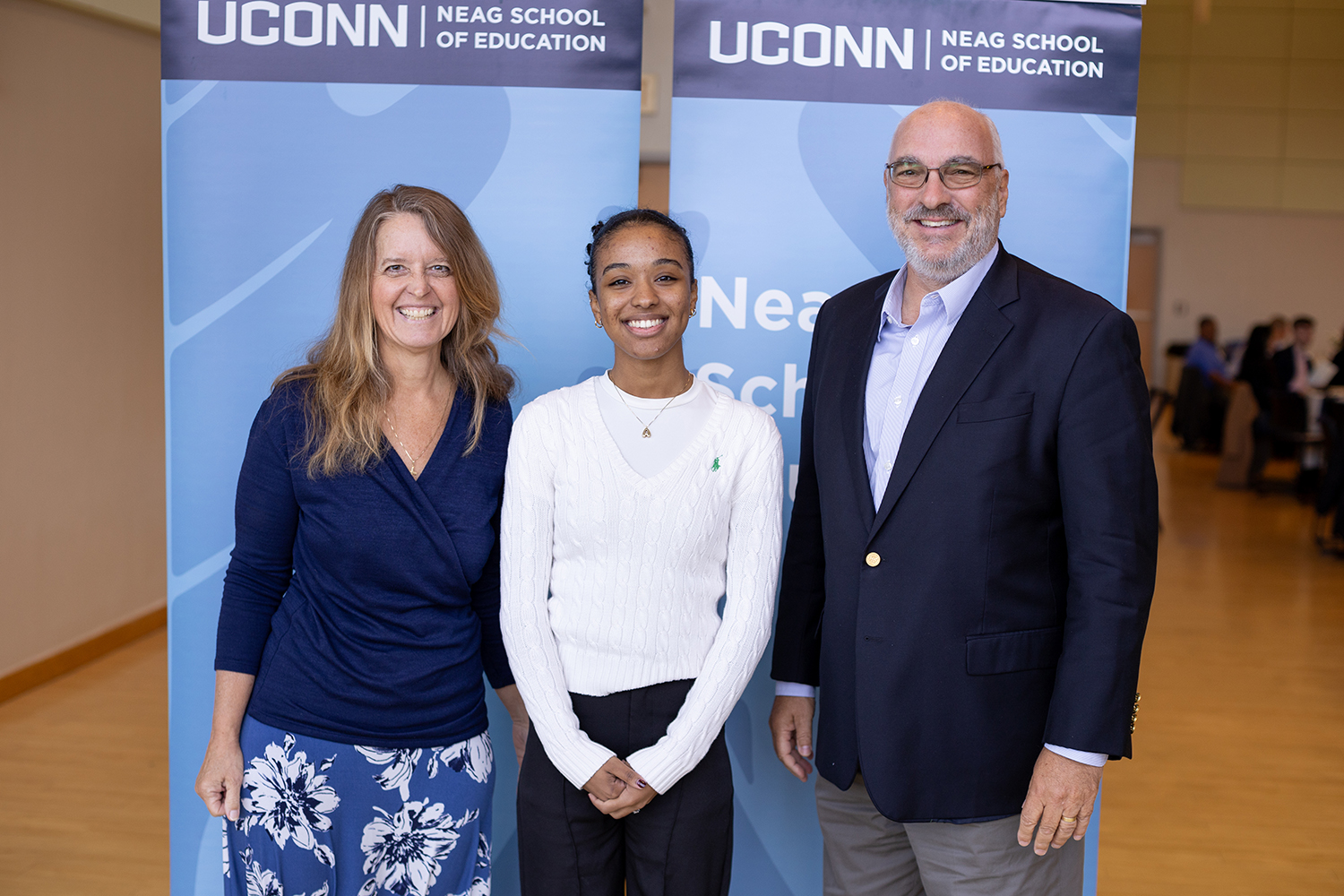Enhanced tree trimming reduces the number of power outages during storms by 16 to 48 percent, according to a study from UConn researchers recently published in the peer-reviewed journal Electric Power Systems Research.
Electric utilities conduct regular tree trimming and other vegetation management along electric transmission and distribution lines to minimize damage during storms and maintain system reliability. Enhanced tree trimming – also called ETT – is a more focused and intensified management practice that involves completely removing trees and brush within eight feet to the sides, 10 feet below and 20 feet above power lines. Trimming and completely removing trees in populated areas often raises public concerns.
“In Connecticut, the vast majority of outages are caused by trees falling on overhead distribution lines and, as demonstrated in our paper, ETT has a significant impact on the reduction of outages,” said Diego Cerrai, a post-doctoral research assistant in UConn’s Department of Civil and Environmental Engineering and an author of the study. “Such a study is necessary to open discussions between utilities, regulators, towns and residents in order to find the right balance between different techniques to improve the resiliency of the electric grid.”
The study specifically evaluated the impact of enhanced tree trimming conducted by the public utility company Eversource Energy in Connecticut during 144 weather events and 58,236 power outages – with an outage defined as a location where a two-man crew was needed to restore power – that occurred between 2005 and 2017. The study excluded outages related to two major hurricanes, Irene in 2011 and Sandy in 2012, from its evaluation.
The researchers found that, between 2005 and 2008, enhanced tree trimming was not performed systematically, but that changed from 2009 to 2017, when 80 percent of the area included in the study received some form of enhanced tree trimming. Highly trimmed areas corresponded to areas with shorter lengths of overhead power lines.
The researchers found a ten-fold decrease in the number of outages in extensively trimmed areas, with enhanced tree trimming reducing outages by an estimated 16 to 48 percent. Further investigation, the researchers said, was needed, however, to explore the high variability in the relationship between enhanced tree trimming and outage rates.
Cerrai said that the researchers also plan to continue their study with an economic evaluation of the impact of enhanced tree trimming.
“Now that we know by how much outages are reduced, we can evaluate what are the economic savings for the state, for Eversource, for the businesses, and for the population due to this technique,” he said. “We may even want to do an extensive study, similar to this, for scheduled maintenance trimming and compare the results obtained with the two techniques.”
In addition to Cerrari, researchers who collaborated on the study included Emmanouil Anagnostou, professor of Civil and Environmental Engineering and director of UConn’s Eversource Energy Center, and civil and environmental engineering graduate student Peter Watson.
The study was conducted through UConn’s Eversource Energy Center, a partnership between the university and the public utility aimed at advancing leading-edge interdisciplinary research and technology assuring reliable power during extreme weather and security events, and was funded by Eversource Energy. For more information, please visit eversource.uconn.edu.


